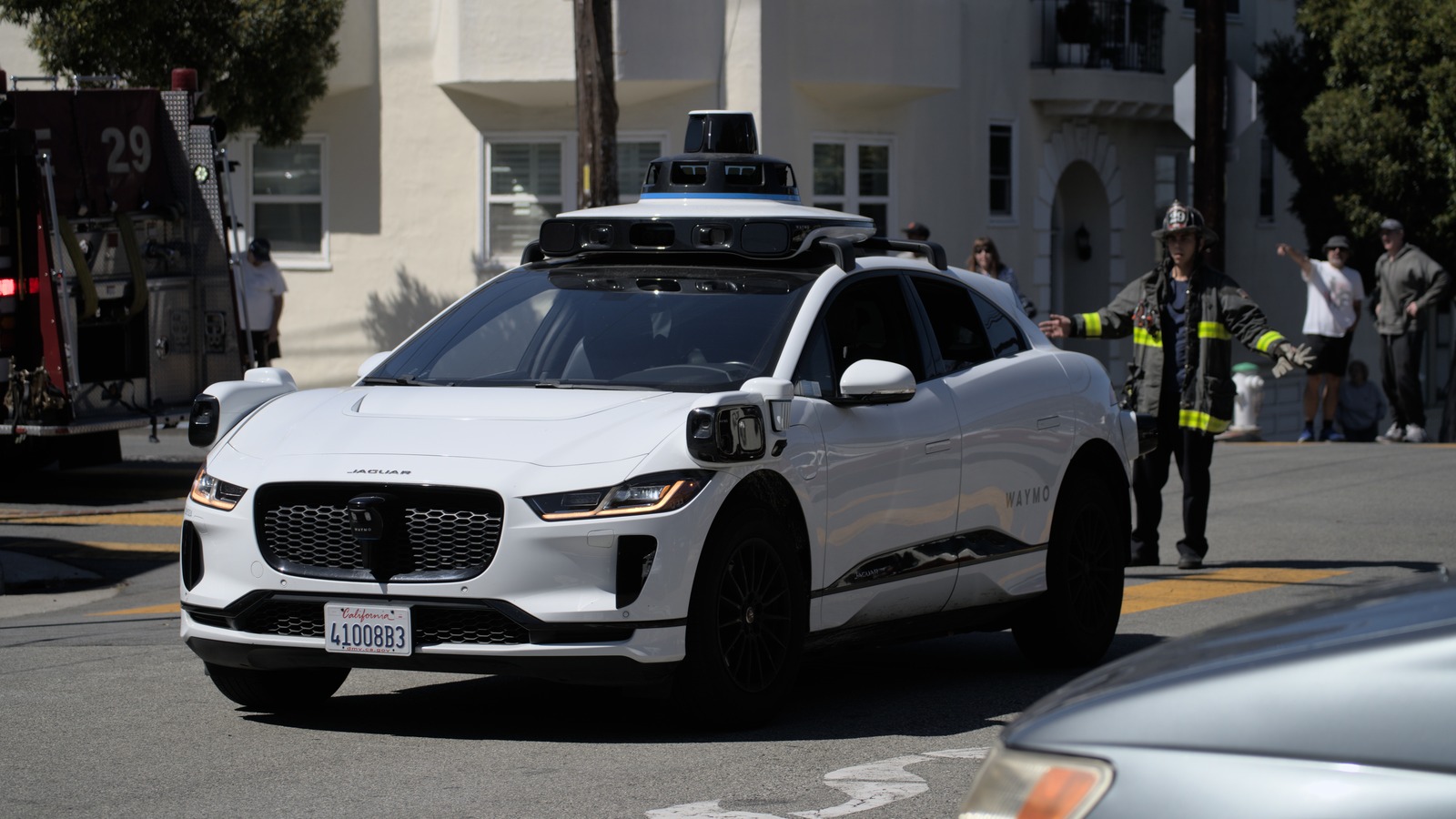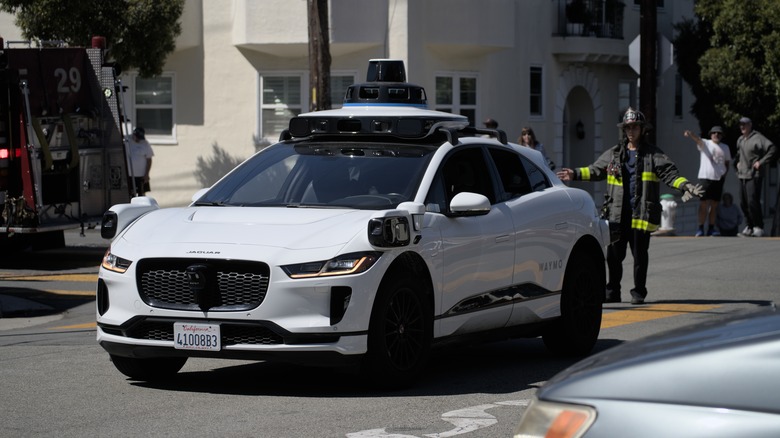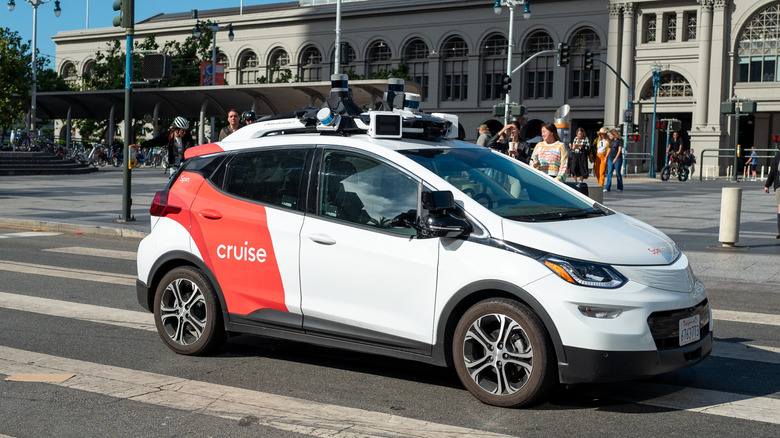While services are continually getting safer, what should happen when a car without a driver injures someone? A 26-year-old woman filed a lawsuit against Waymo earlier this month after a February bicycle crash in San Francisco. One of its driverless taxis pulled into a bike lane and a passenger opened a rear door into her as she was riding past on a bicycle. The impact threw the woman into a second Waymo vehicle pulling into the bike lane. While blame could be levied at the careless passengers, the victim claims that Waymo’s Safe Exit system failed to warn the vehicle’s occupants.
Jenifer Hanki, the cyclist, suffered a brain injury from the crash as well as spinal and soft tissue damage, according to the San Francisco Chronicle. The four passengers inside the Waymo were absolutely useless in aiding Hanki. As she lay on the pavement, Hanki claims that the quartet was unsure about how to report the incident and just walked away. Thankfully, bystanders actually called 911 and got an ambulance to the scene. Hanki said:
“Unlike Uber, Lyft, or taxis, where drivers actively monitor traffic and often lock doors or guide passengers to exit safely, Waymo’s system fell short significantly. There was no alert issued in the illegally parked car as according to the passengers. Human drivers prevent accidents every day by assessing real-time risks, something Waymo’s ‘Safe Exit’ system clearly cannot handle.”
A Cruise down memory lane underneath a driverless taxi
Hanki’s crash conjures memories of when a Cruise driverless taxi was involved in a 2023 hit-and-run on the streets of San Francisco. A Cruise vehicle was waiting at an intersection for a green light alongside another car. The light turned green and the other car’s driver struck a woman crossing the street, knocking her down in front of the Cruise car. The driverless taxi ran her over, dragged her 20 feet and stopped on top of her leg, pinning her to the ground. Firefighters had to use the jaws of life to lift the car off her.
While Waymo is eager to tout its superb safety record and that most of its incidents are other drivers crashing into its driverless taxis, it isn’t a pristine record. The autonomous service needs to be better prepared for when things do go wrong. Protocols can’t rely on bystanders looking out for others to function during emergencies.




